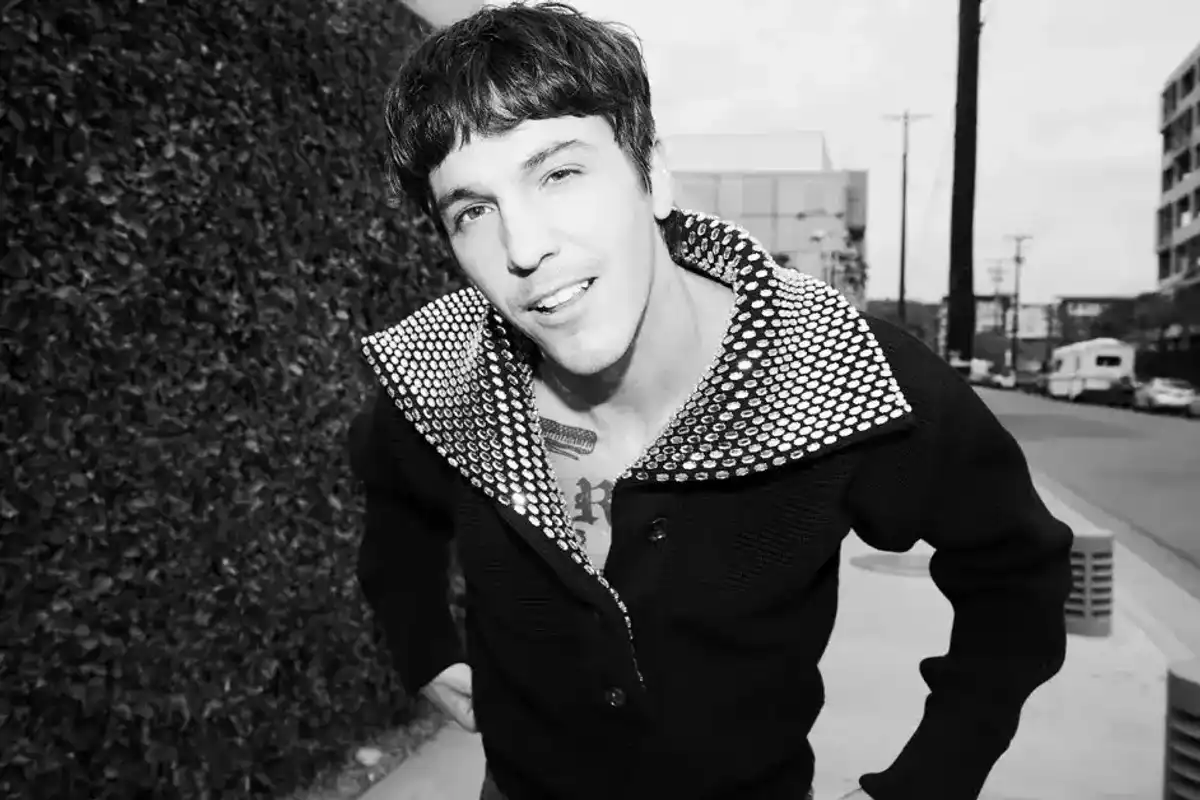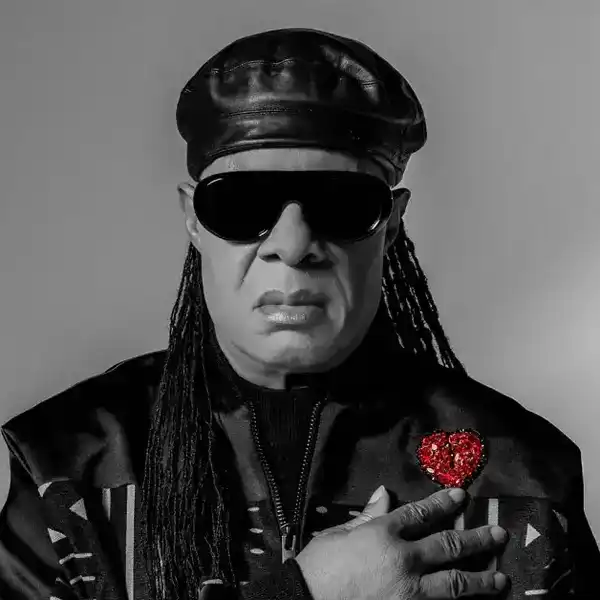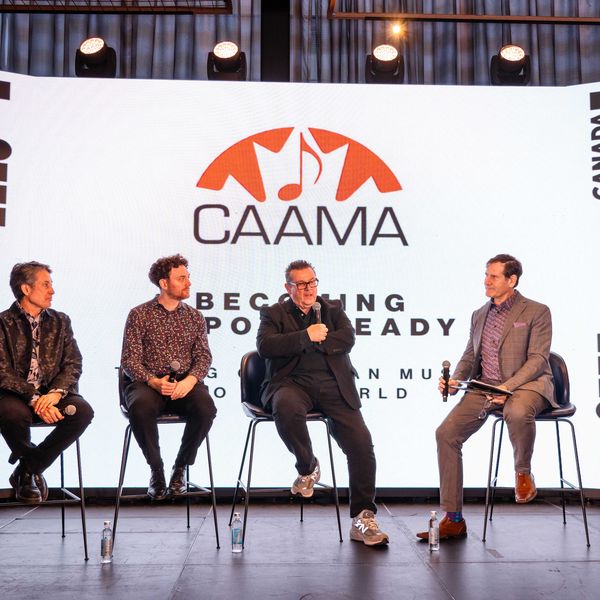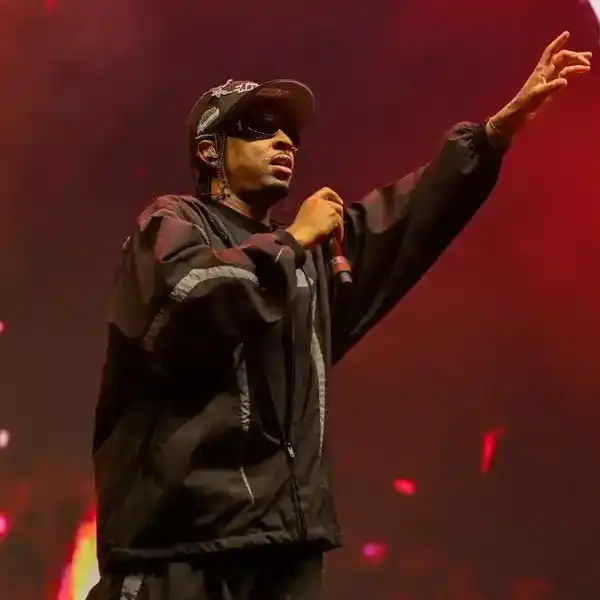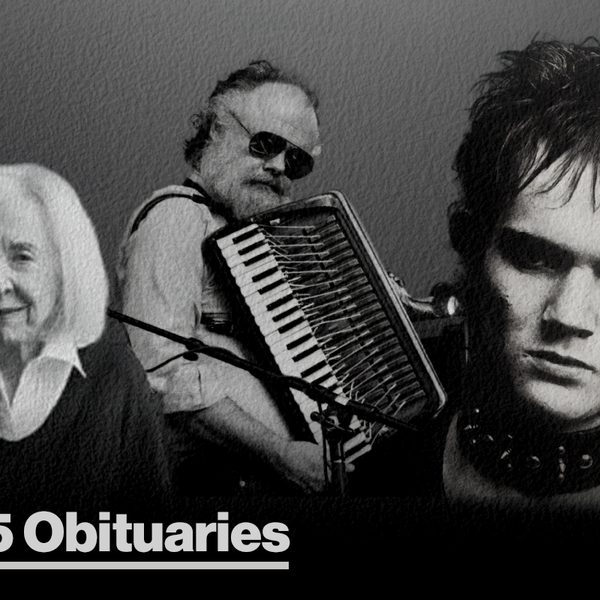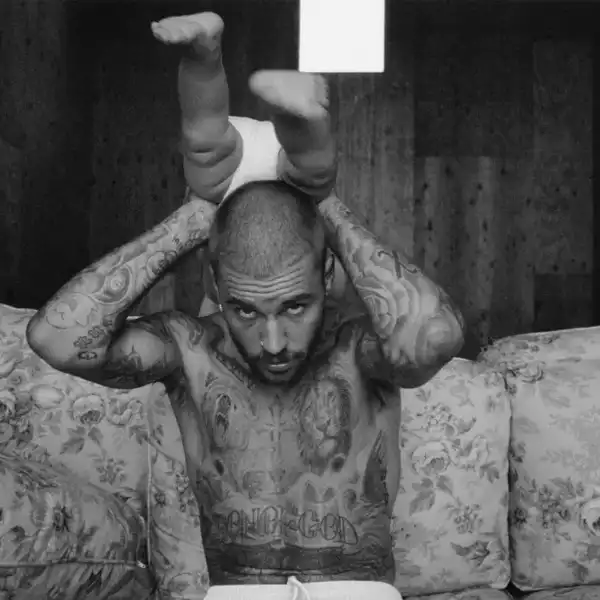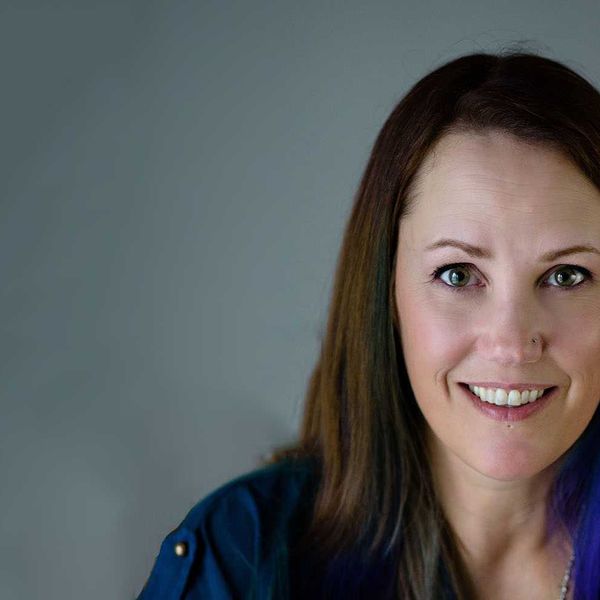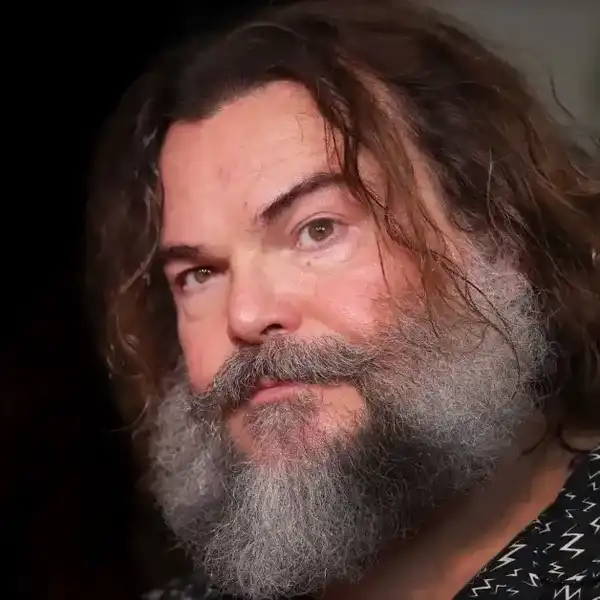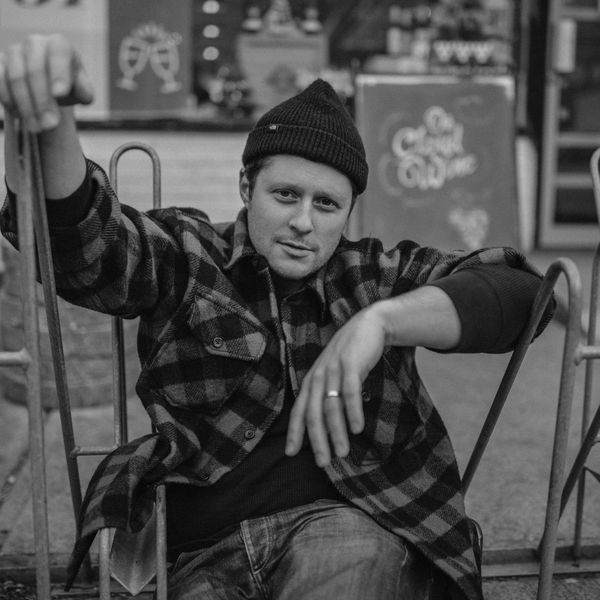Media Beat: The Need to Preserve Canada's Broadcasting History (Opinion Column)
The Canadian Broadcast Museum Foundation pitches its message to politicians: Without a past there is no future!

After 18 months of waiting for a reply from the CRTC, Kealy Wilkinson, executive director of the Canadian Broadcast Museum Foundation, realized that the broadcast regulator was not hearing her urgent plea for recognition and funding to preserve the history of broadcasting in Canada.
The “museum” as it stands today is more a storage site for some 65K tapes, videos, scripts and other ephemera donated or salvaged from a legacy of past, present and long-extinct broadcast companies that a small volunteer staff has been cataloguing and preserving on a shoestring budget. For whatever reason, no one company or individual has stepped up to the plate to thump down a sizeable chunk of cash to turn a museum in storage boxes into an archive that is preserved, digitized and available online.
As volunteer Foundation Chair Doug Thompson explains in a message on the site:
”History is all around us...all of our lives - not only in books or displayed in bricks and mortar museums. It's that A&W jingle you still know all the words to even if it's been 30 or more years since you last heard it. It's that 'a-ha' moment when Detective Murdoch on Murdoch Mysteries solves the crime, week after week. It's the time your favourite local disc jockey (possibly Red Robinson in Vancouver, Edmonton's Barry Boyd, Duff Roman in Toronto, Montreal's Dave Boxer or Frank Cameron in Halifax) mentioned your name on the radio and played your song request. It's Prime Minister Pierre Trudeau saying 'Just watch me' to a CBC reporter's question during the 1970 FLQ crisis in Quebec. It's Foster Hewitt's legendary call, 'He shoots...he scores!' It's Red Green's latest duct tape adventure.
“Our memories are so very precious...and so very personal. Now, picture all that history...all those memories...tossed into a dumpster, rotting away like yesterday's lettuce, never to be seen or heard again. That's what the Canadian Broadcast Museum is desperately trying to prevent."
In 2013, the Canadian Broadcast Museum Foundation appeared before the CRTC then holding a public hearing in Gatineau, Quebec, on the development of a regulatory framework regarding contributions to support Canadian and Indigenous content.
It waited and waited for a response. On June 4, the Commission spoke and completely ignored the museum’s plea for funding from international players like Netflix, Amazon Prime and Disney+, which are now required to pay 5% of revenues into Canada’s cultural industries.
After the absence of acknowledgement, the Museum Foundation realized that the Canadian way of politely asking wasn't working. And so, a new, perhaps more strident, voice needed to be employed. The Commission on its own was preoccupied with its own agenda, political advancement, a seeming disinterest in legacy media, and the apparent disinterest in preserving our history.
A new approach was needed. Not so much a frontal assault as a sonic boom that the commissioners couldn’t avoid taking notice of. And as important, a message that the politicians would be forced to acknowledge and perhaps even take heed of. As too, the phalanx of appointed cultural bureaucrats who get to approve funding initiatives. Call it a broadside attack packaged up as a Trojan Horse and artfully embroidered to look like a silk purse.
On June 27, the stealth plan was launched as an “opinion piece” appearing in the influential Hill Times.
Headlined “Preserving a vital resource: our broadcast heritage,” it was the sub-head that hit like a Stinger missile amid ambivalence – “We are the only nation in the developed world that has failed to adequately address preservation of our media heritage.”
The message delivered was unambiguous: A nation without a past has no future.

